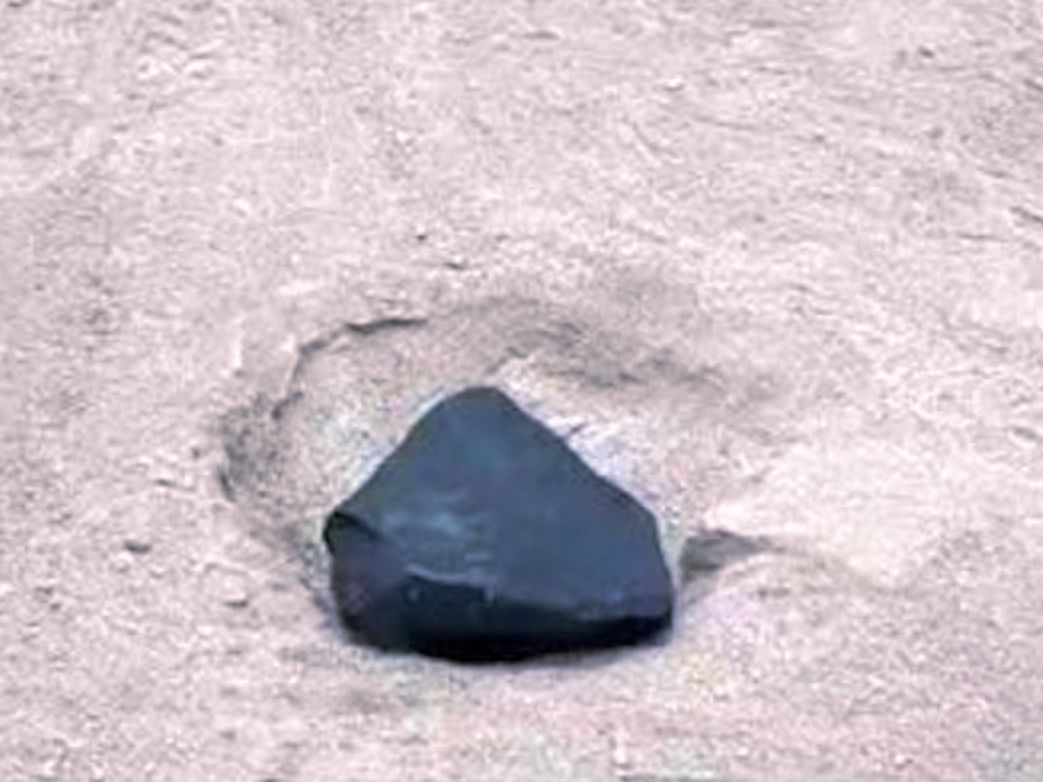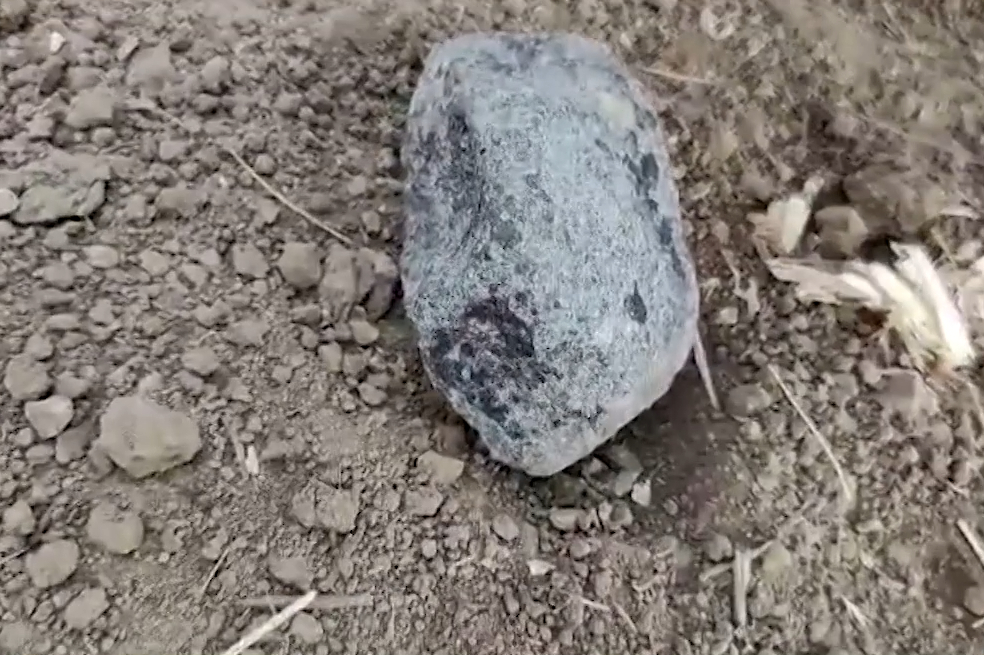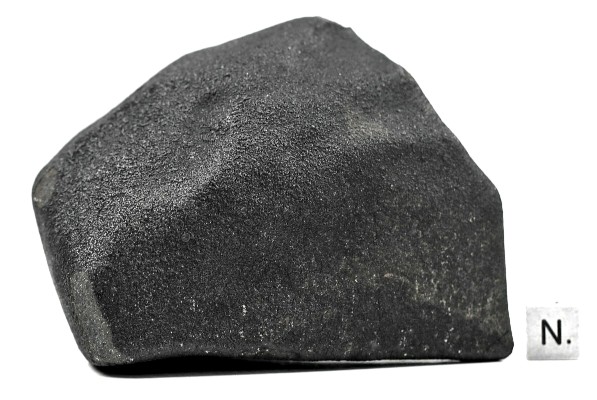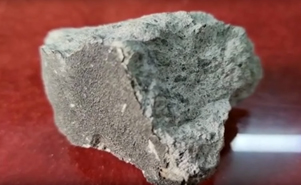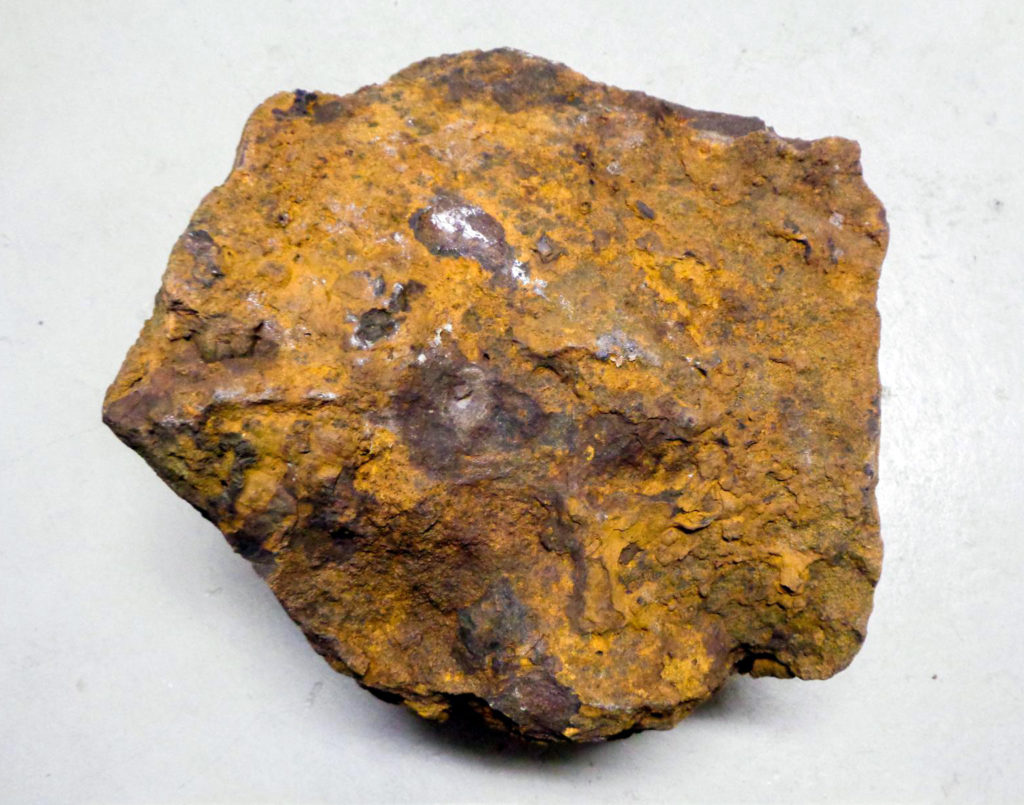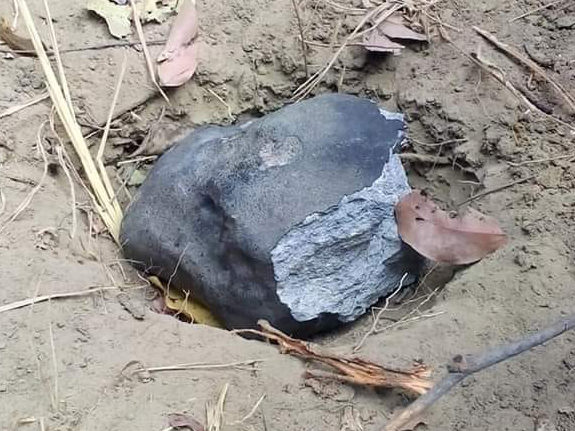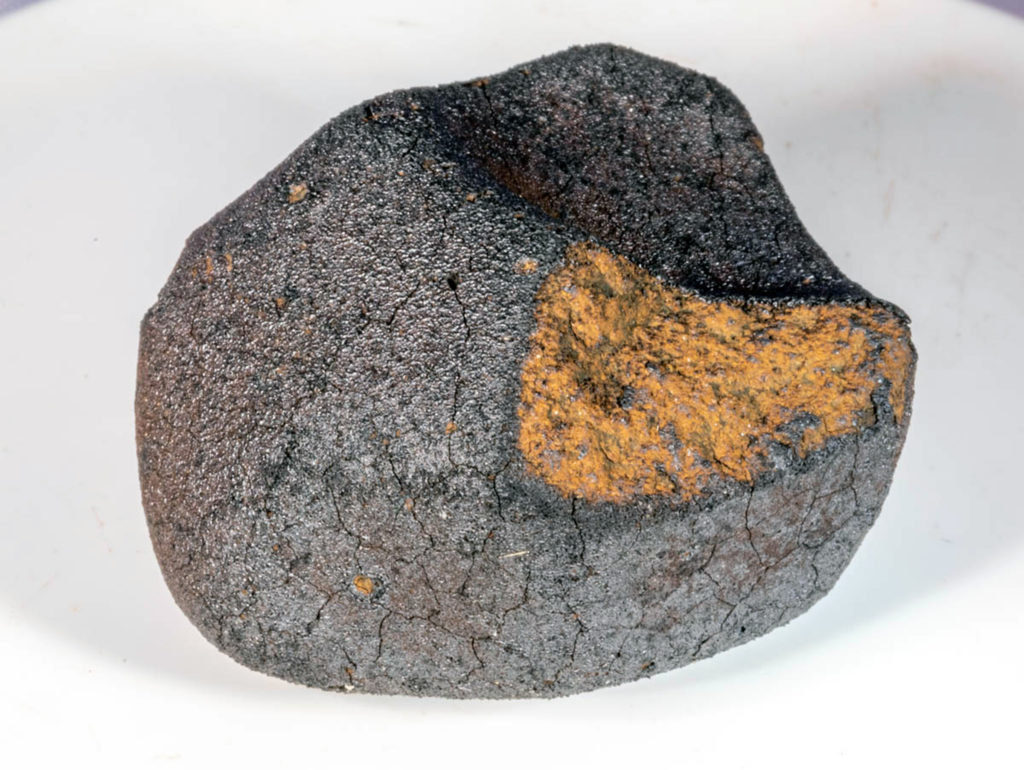Petrographic shock indicators and noble gas signatures in a H and an L chondrite from Antarctica
P.M. Ranjith, Huaiyu He, Bingkui Miao, Fei Su, Chuantong Zhang, Zhipeng Xia, Lanfang Xie, Rixiang Zhu
Planetary and Space Science
In Press, Accepted Manuscript, Available online 18 August 2017
“Highlights
• Two Antarctic ordinary chondrites GRV 13095 and GRV 13083 are classified as L5 and H4 chondrites.
• Shock features are consistent with shock stages such as S6 for GRV 13095 and S5 for GRV 13083.
• Olivine-ringwoodite transformation is observed in shock melt region in GRV 13095.
• Cosmic ray exposure ages are estimated as 14.1 ± 2.5 Ma for GRV 13095 and 3.9 ± 0.7 Ma for GRV 13083.
• Gas retention ages are estimated as 459 ± 13 Ma for GRV 13095 and 3.67 ± 0.26 Ga for GRV 13083.”
“Petrographic shock indicators and noble gas signatures are studied in two ordinary chondrites, Grove Mountain (GRV) 13,083 (H4) and GRV 13095 (L5), from Antarctica to investigate the degree of shock metamorphism and impact related chronologies on H and L chondrite parent bodies. In the study, we have combined both noble gas signatures and petrographic observations to understand impact effects. Based on the impact features in silicates and metal-troilite assemblages, the shock stages of the samples are classified as S6 and S5 for GRV 13095 (L5) and GRV 13083 (H4) respectively. The nominal K-Ar gas retention age of GRV 13095 (L5, S6) using bulk sample is estimated as 459 ± 13 Ma, supporting the recent major catastrophic break up event at 470 Ma on the L-chondrite parent body. The cosmic ray exposure age based on He, Ne and Ar noble gas measurements is estimated as 14.1 ± 2.5 Ma. The radiogenic gas contents in GRV 13095 (avg. 4He = 61.5 × 10−8 ccSTP/g and avg. 40Ar = 173.5 × 10−8 ccSTP/g) are observed as depleted. The depletion in radiogenic gases is consistent with the severe shock metamorphism in GRV 13095 as indicated by olivine-ringwoodite transformation in it. The estimated nominal K-Ar age of 3.67 ± 0.26 Ga for GRV 13083 shows that it falls in the major impact age distribution between 3.5 and 4.0 Ga among H-chondrites. The cosmic ray exposure age of GRV 13083 is 3.9 ± 0.7 Ma, which is younger than the major peak in the exposure age distribution for H-chondrites. The He gas retention ages in both samples are found to be younger/lower than their respective nominal K-Ar ages, which could be due to partial loss of radiogenic He. Trapped gas loss along with radiogenic gas losses in both samples, are the adverse effects of shock metamorphism.”

